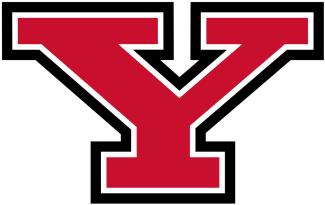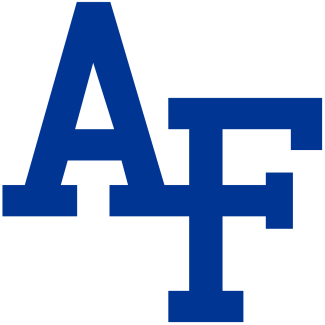THE LIMBO SISTERS
Three women’s lacrosse programs — James Madison, Cincinnati and Liberty — have different degrees of conference uncertainty. All three are moving because of their football programs, and all three are moving to leagues without lacrosse.
In the case of JMU, there’s urgency because the CAA has banned its teams from participating in postseason play, which has caused all but football and men’s soccer to move to the Sun Belt in July. That leaves a women’s lacrosse program that won a national title just four years ago without a home.
It’s up to Kevin White, James Madison’s associate athletic director for sport programs, to find the Dukes’ next conference in concert with coach Shelley Klaes and athletic director Jeff Bourne.
“It’s like dating,” White said. “Some people you might like, but they have to like you in return. You turn over all the rocks and look at every possibility that leads to what you want to do.”
An obvious landing spot for James Madison is the American Athletic Conference. It already is home to FBS-level affiliate members and nationally ranked programs like Florida and Vanderbilt, as well as in-state rival Old Dominion, with whom JMU will be moving most sports to the Sun Belt.
As for a timeline, the Dukes are intent on getting this done soon. The CAA has already banned their winter and spring sports from competing in postseason tournaments and come July 1 the majority of their athletic department will be in the Sun Belt.
“It’s a singular approach for us. It’s been about lacrosse,” White said. “I think we’re close.”
How close?
“I would envision before the semester is over making an announcement,” White said. “I feel like we’re that close.”
Other conference possibilities for James Madison could include joining the Big East or staying in the CAA as an affiliate member. While White and JMU seem intent on finding another home, D’Antonio did not rule out a return welcome to the CAA.
“That’s probably a situation that remains open,” D’Antonio said. “Until our membership situation is settled, we’re not going to be making future decisions as it relates to the possibility of institutions becoming affiliate members. That’s a situation that remains to be seen. I wouldn’t close any doors. I don’t want to provide any preconceived notion of what the future could hold.”
Bobby Weygand, AAC associate commissioner for sports administration and championships, declined comment though a spokesperson.
As for a full member, the American was ready to comment on Cincinnati, whose department is heading to the Big 12 on July 1, 2024. In a statement, the conference said:
“The bylaws also stipulate that the withdrawal would encompass all sports — though the conference may elect to accommodate a school if it wishes to keep one or more sports in the American, if it is to the benefit of the conference. None of those determinations have been made yet for any sports with our departing members.”
According to the Orlando Sentinel, indications are Cincinnati wants to leave the American sooner than 2024, which would mean the lacrosse team might need a new home by next season.
If keeping lacrosse in the American is not an option, Cincinnati could land back in the Big East. The Bearcats entered the Big East in 2009 and became an affiliate member of the league in 2014 until the American sponsored women’s lacrosse starting in 2019. Cincinnati would also likely be welcomed in the MAC, which is focused in the Midwest and has a collection of FBS schools. Cincinnati declined to comment for this story.
Liberty will have the same decision to make, but on a slightly accelerated timeline. The Flames are set to join Conference USA in most sports July 1, 2023. No decision for their conference prospects has been determined either. Liberty’s field hockey team plays in the Big East.
“Liberty will be a member of ASUN Conference for women’s lacrosse in 2022 and 2023. We are currently exploring options for 2024 and beyond,” Liberty athletic director Ian McCaw said.
If Liberty ultimately leaves the ASUN, that league would be down to five women’s lacrosse-playing members. In such a situation, one could expect an agreement with the Big South for one of its affiliate members to join and even numbers out so the ASUN can keep its automatic qualifier. The two leagues absorbed the Southern Conference’s teams when it disbanded after the 2021 season. The Big South now has 10 teams.
Lastly, should there be any leagues short on numbers, the two Mountain Pacific Sports Federation teams — San Diego State and UC Davis — remain free agents without access to an automatic bid.


























































